We’ve collected together pictures of the violets we grow and ranked them by scent, (it’s a dirty job but someone has to do it)., so that you can compare them side by side.
Viola odorata is our native sweet violet. Dense clumps of fresh green leaves to 20cm; and many sweetly scented flowers with a rich deep violet colouring from Nov to Apr. Grows in shade or sun, but prefers a cool position in moist soil.
Sweet Violet is native throughout Europe including the British Isles where it is the only fragrant violet.
A lovely blush pink violet with a darker ‘horn’ and stronger rose shading on the reverse. Relatively large wide open flowers. Good scent.
(Viola ‘Katja’). It’s hard to resist the charm ( and perfume ) of the humble viola. But if you are looking for something a bit different, forget papal purple, this Viola is the richest Catholic Bishop Pink you’ll come across. Deep and extravagent with a delightful silver edge. It is floriferous, doesn’t fade and has an intoxicating fragrance. i couldn’t resist it – the colou stands out so zingingly.

Viola ‘Lydia Groves’
Wide open-faced, large flowers of rich sugar pink with little flecks of even richer pink which are only obvious when observed closely, which is a treat in itself as it is very richly scented. Unlike some pink violets the colour holds well as the flowers age and they don’t discolour badly. Floriferous and a little charmer for the spring garden.
Viola ‘Reine des Neiges’
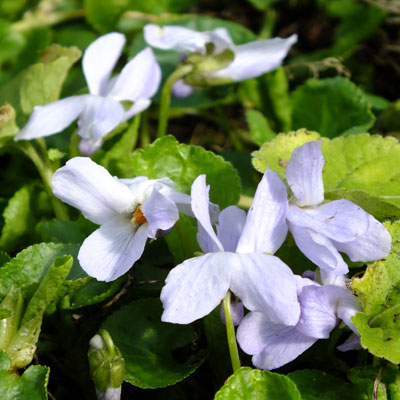
Viola ‘Reine des Neiges’ ( violet )
(‘Queen of Snow’) This variety is for the most part pure white on neat compact plants, though early on flowers can have a distinctive blue rinse. This is one of the longest flowering violets and has a good scent. Clive Groves assumes this violet to be a sport of Konigin Charlotte as it takes on the characteristic upward facing flowers.
A pale pink form of our native sweet violet. Dense clumps of fresh green leaves to 20cm; and many very highly scented narrow flowers from Nov to Apr. Grows in shade or sun. Prefers a moist soil
A selection of our native sweet violet bred especially to produce violets for the trade in cut flower posies. The flowers are exceptionally large with an open wide form and are borne on long stems above the partially evergreen foliage. Unfortunately the price of the large flowers is that the scent has been largely lost from this variety. It grows in much more open clumps than Viola odorata and has distinctive veined, heart-shaped leaves which are a litle glossy. Grows in shade or sun. Prefers a moist soil
Non Scented Violets
Viola cornuta ‘Victoria’s Blush’ has the same charming little flowers as Viola cornuta but in a lovely shade of pink with darket bee lines.



















































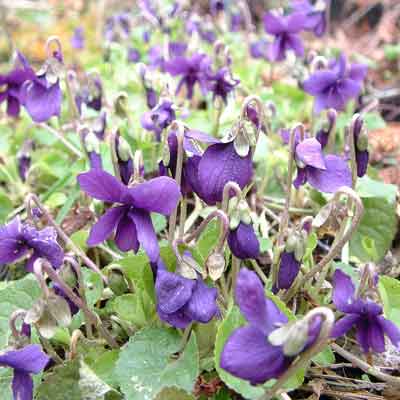
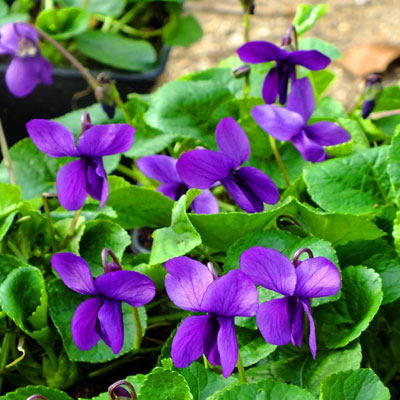

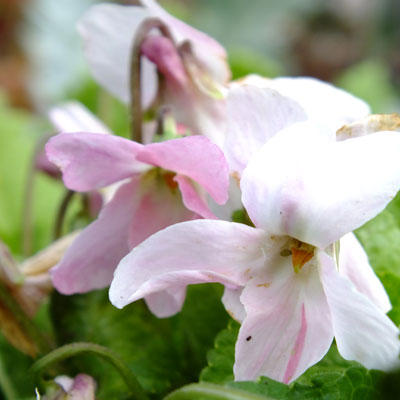

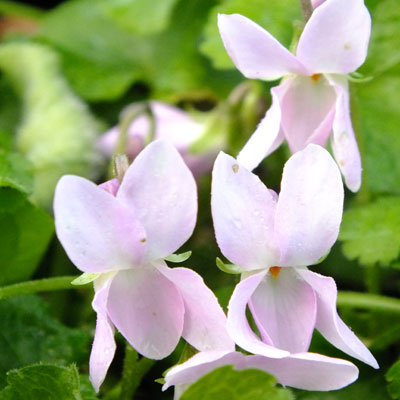

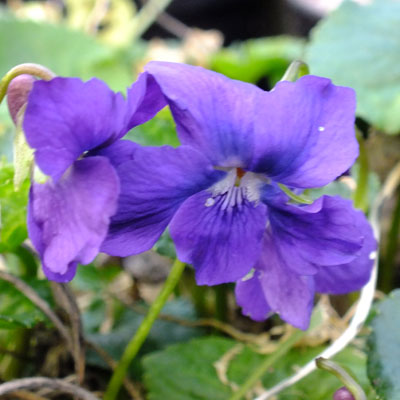

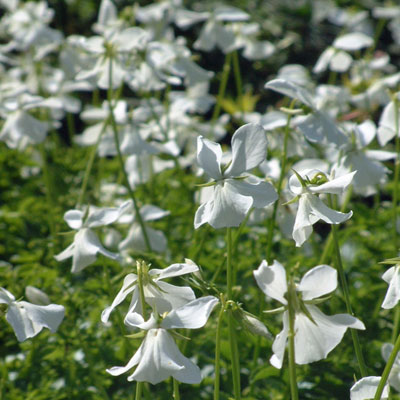
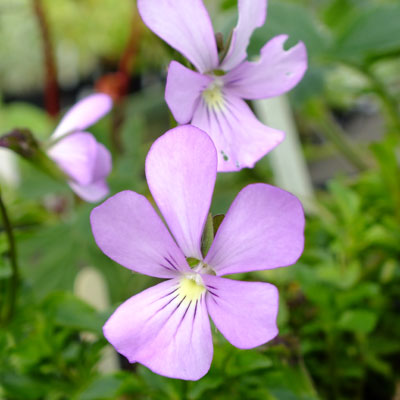

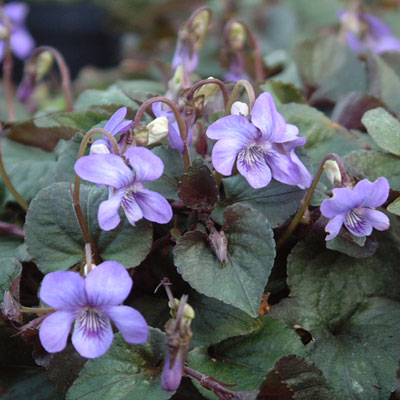

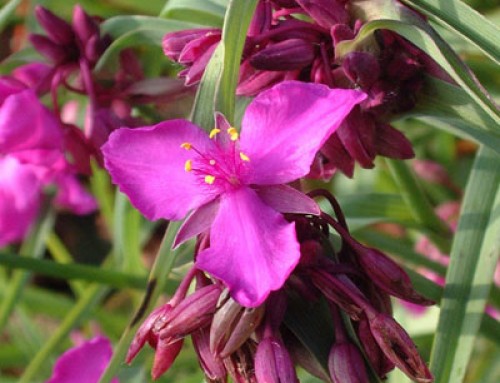
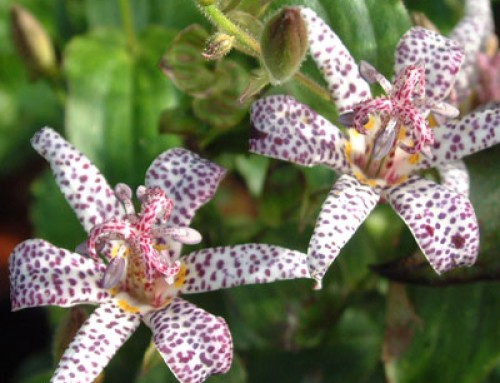
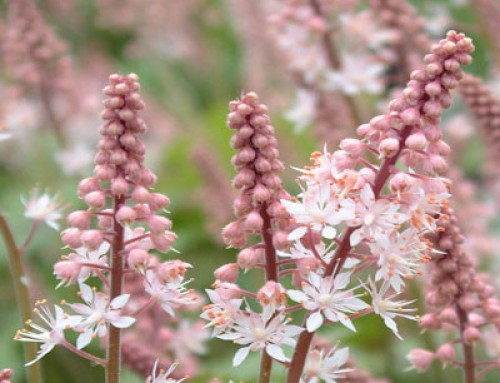
Leave A Comment
You must be logged in to post a comment.